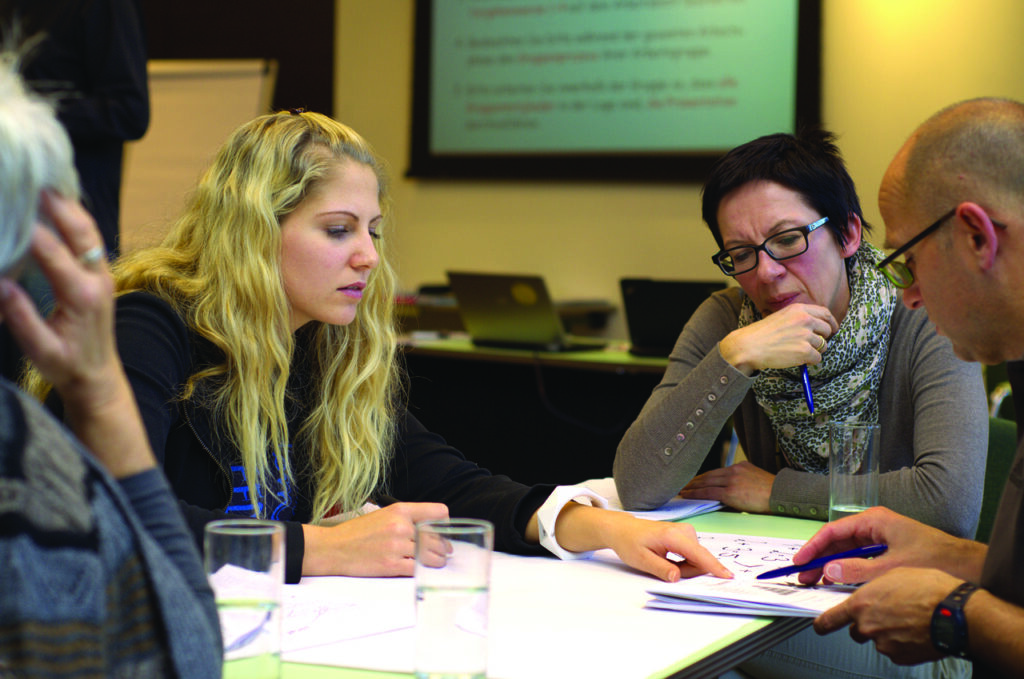When Dutch professionals switch to English in the workplace, it’s not just the vocabulary that changes—it’s the culture behind the language too. While the Netherlands is known for its high English proficiency, subtle differences in tone, formality, and communication style can lead to misunderstandings or missed opportunities.
Here’s how to navigate the shift from Dutch to English in business settings—without losing your authenticity.

1. Directness vs. Diplomacy
Dutch communication is famously direct. Saying exactly what you mean is valued and respected. In English-speaking business cultures, however, softening your message is often seen as more professional and polite.
Dutch: “This plan doesn’t work.”
English: “I’m not sure this plan will achieve the results we’re looking for. Could we explore another option?”
Tip: Use modal verbs like “could,” “might,” or “would” to soften suggestions or criticism.
2. Formality in Language
Dutch professionals often use first names and informal language, even with senior colleagues. In English, especially in international or hierarchical settings, a more formal tone is expected—at least initially.
Dutch-style English: “Hi John, I need the report now.”
Polished English: “Hi John, would you mind sending over the report when you have a moment?”
Tip: Start formal, then adjust based on the relationship and company culture.
3. Thinking in Dutch, Speaking in English
Dutch is known for its clarity and directness—qualities that are often appreciated, but can come across as blunt in English-speaking business environments, especially in multicultural environments. When translating thoughts directly from Dutch to English, the result can sometimes feel too sharp or abrupt.
Here are some examples of how to soften direct Dutch-style English into more natural, diplomatic English:
| Dutch | Literal English | Natural English Alternative | Why It Works |
|---|---|---|---|
| “Dat kan niet.” | “That’s not possible.” | “I’m afraid that won’t be possible.” | Adds a polite buffer to a negative response. |
| “Je hebt ongelijk.” | “You are wrong.” | “I see it a bit differently.” | Expresses disagreement without confrontation. |
| “Ik wil dat dit vandaag af is.” | “I want this done today.” | “Would it be possible to have this done today?” | Turns a demand into a collaborative request. |
| “Ik ben het er niet mee eens.” | “I don’t agree.” | “I’m not sure I fully agree—can we look at it again?” | Invites discussion rather than shutting it down. |
| “Je hebt dit fout gedaan.” | “You didn’t do this right.” | “There seems to be a small issue here—let’s fix it.” | Focuses on the solution, not the blame. |
Tip: In English, softening doesn’t mean being vague—it means being strategically polite. Using modal verbs (could, might, would) and hedging phrases (perhaps, I wonder if, it seems) helps you maintain clarity while sounding collaborative and respectful.
4. Hierarchy and Decision-Making
Dutch workplaces are often flat and consensus-driven. In English-speaking cultures, especially in the UK or US, there may be more deference to hierarchy and a different approach to decision-making.
Tip: When working internationally, observe how decisions are made and how people express disagreement or authority.

5. Cultural Awareness Builds Confidence
Understanding these cultural nuances helps you communicate more effectively and confidently in English. It’s not about changing who you are—it’s about adapting your message so it lands well with your audience.
Final Thoughts
Mastering Business English isn’t just about grammar or vocabulary—it’s about bridging cultures. By becoming more aware of how Dutch and English business communication differ, you’ll be better equipped to build trust, lead meetings, and succeed internationally.
Thanks for reading.
Keep learning, keep growing—your communication is your edge.
And may your emails be clear, your meetings short, and your confidence high.
– Stuart @ Naturally English


